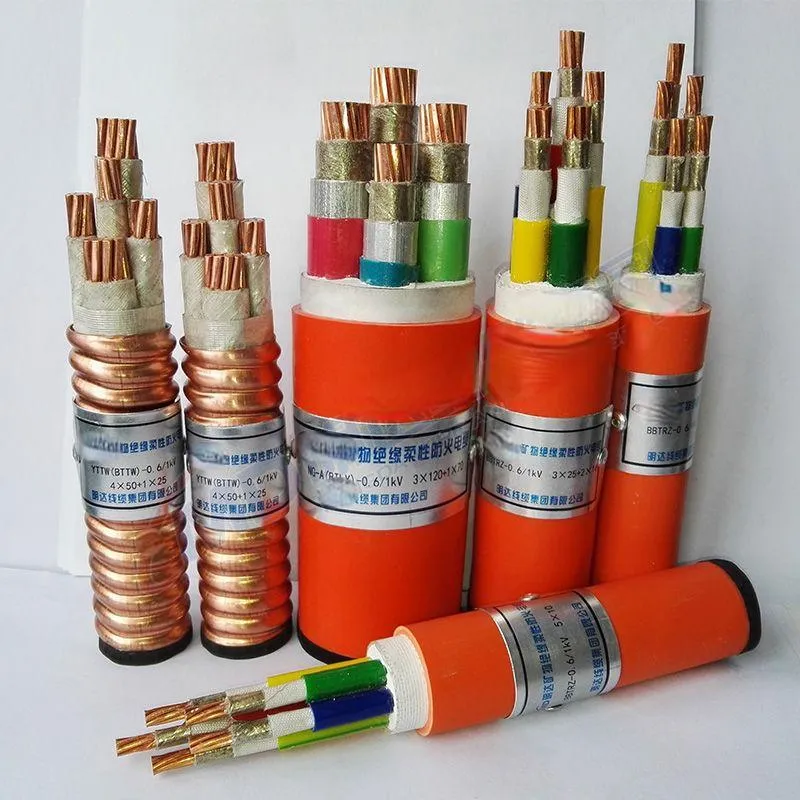നവം . 25, 2024 01:37 Back to list
pneumatic butterfly valve
Understanding Pneumatic Butterfly Valves An Overview
Pneumatic butterfly valves are essential components in various industrial applications, renowned for their ability to regulate fluid flow with precision and efficiency. These valves operate using compressed air, making them ideal for environments where quick actuations are necessary. This article delves into the functionality, advantages, applications, and maintenance of pneumatic butterfly valves.
Functionality of Pneumatic Butterfly Valves
At the heart of a pneumatic butterfly valve is a simple yet effective design that consists of a disc mounted on a rotating shaft. When the valve is closed, the disc blocks the flow of fluid; when opened, the disc rotates to allow fluid to pass through. The mechanism is actuated by pneumatic pressure, which rotates the shaft connected to the disc either to a fully open or fully closed position, or anywhere in between for throttling purposes.
The pneumatic actuator receives compressed air input, which can be controlled through a solenoid valve linked to a controller or a manual switch. This mechanism provides rapid opening and closing times, making pneumatic butterfly valves suitable for applications requiring quick response rates. Additionally, they offer a compact design compared to other valve types, which saves space and makes installation easier.
Advantages of Pneumatic Butterfly Valves
Pneumatic butterfly valves offer several advantages that make them a preferred choice in various industries. Here are some key benefits
1. Speed and Efficiency The use of compressed air allows for rapid actuation, which is crucial in processes that require quick response times to maintain optimal flow rates.
2. Space-Saving Design These valves have a smaller footprint than their mechanical counterparts, providing flexibility in installation, especially in space-constrained environments.
3. Cost-Effectiveness Using pneumatic actuators often proves more economical in terms of initial investment and long-term operation, especially in large-scale operations where electricity costs can escalate.
4. Minimal Maintenance Pneumatic butterfly valves are typically low-maintenance due to their simple design. With fewer moving parts, there is less wear and tear, reducing the need for frequent servicing.
5. Versatility They can be used in a multitude of applications—including water treatment, food processing, pharmaceuticals, and chemical manufacturing—due to their ability to handle different media types and pressures.
Applications of Pneumatic Butterfly Valves
pneumatic butterfly valve

Pneumatic butterfly valves are used across various industries due to their efficiency and effectiveness in flow regulation. Here are some common applications
- Water and Wastewater Treatment They are often integrated into systems for controlling the flow of water and treatment chemicals, aiding in efficient water management.
- Food and Beverage Industry These valves ensure sterile conditions and controlled flow rates during food processing and beverage production, contributing to overall quality and safety.
- Chemical Processing The ability to handle aggressive chemicals and varying pressures makes pneumatic butterfly valves suitable for applications in the chemical industry.
- HVAC Systems In heating, ventilation, and air conditioning systems, they help regulate airflow, improving energy efficiency.
Maintenance of Pneumatic Butterfly Valves
While pneumatic butterfly valves are low-maintenance, regular checks are advisable to ensure optimal performance. Key maintenance practices include
- Inspection for Wear and Tear Regularly checking for signs of wear on the disc and seat can prevent leaks and ensure a proper seal.
- Pneumatic System Checks Ensuring that the pneumatic system supplying the actuator is functioning properly can prevent actuator failures.
- Lubrication Although many modern pneumatic actuators are designed to be maintenance-free, some components may benefit from periodic lubrication.
- Testing Regularly testing the functionality of the valve ensures that it responds correctly to actuating signals, maintaining efficiency in flow control.
Conclusion
Pneumatic butterfly valves play a crucial role in modern industrial operations due to their efficiency, speed, and versatility. By understanding their functionality and advantages, industries can leverage these valves to enhance their processes and maintain smooth operations. Regular maintenance can further extend their lifespan and improve overall system reliability, ensuring that these valuable components continue to perform optimally in various applications.
Share